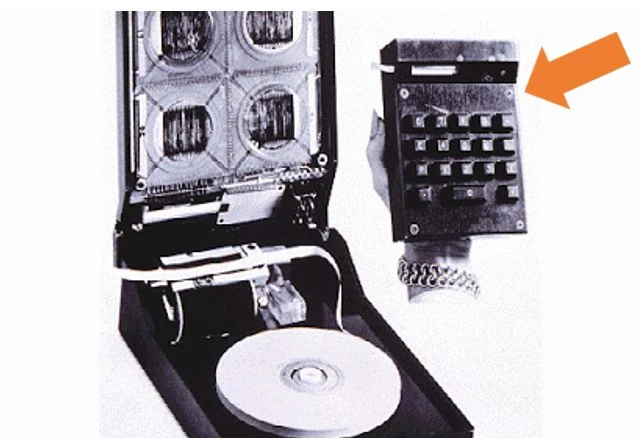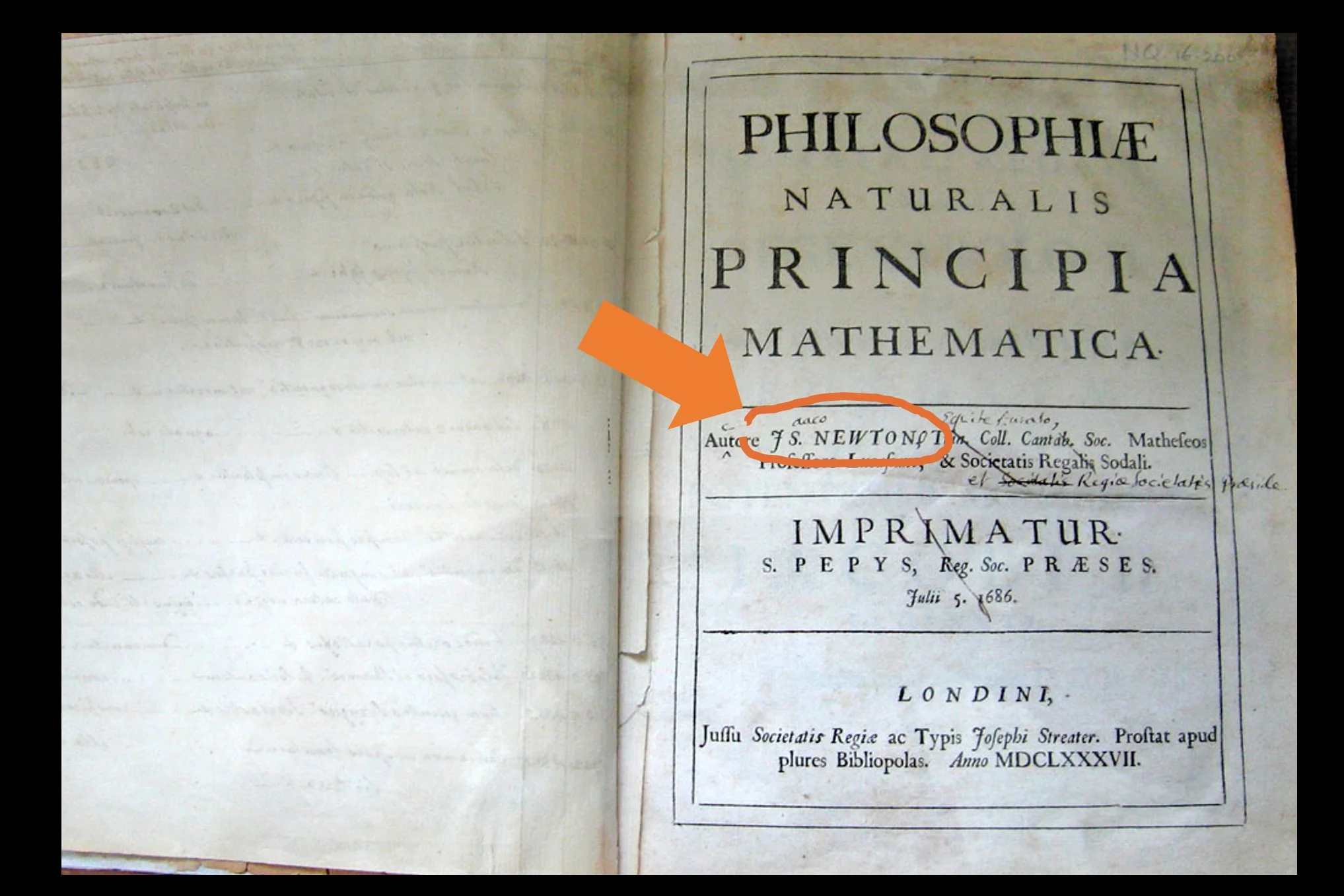Here's a great NPR report on the creation of the first handheld calculator about 40 years ago. It was marvel for its time: It could perform addition, subtraction, multiplication, and division. Input was with a small keyboard with 18 keys and a visual output that displayed up to 12 decimal digits using a thermal printhead and paper tape.
The First Handheld Calculator . (Image from Computer Desktop Encyclopedia (c) 2000 Texas Instruments, Inc.)
In 1967, Texas Instruments introduced the first handheld calculator. The opened unit in the picture shows the paper tape used as output.
As you listen to this report you'll notice the engineer Jerry Merryman was concerned about how to test this brand new innovation at the time. The solution was to create a Simulator which could show how the circuitry would react to inputs. This simulator was many times bigger then the final device but it was a necessary step in proving the design.
As you start planning a new project, testing and verification has to be taken into account, not only technically, but from a fiscal and schedule standpoint as well . It takes time and money an can not be ignored. It's considered a key Systems Engineering Process Activity with in INCOSE's Systems Engineering Handbook vs 3
9.6 Modeling, Simulation, and Prototyping
Modeling, simulation, and prototyping used during architecture design can significantly reduce the risk of failure in the finished system. These techniques enable the development of complex and costly enabling systems, such as a flight simulator or a high-volume production line, which allow validation of the system’s concepts, or supports training of personnel in ways that would otherwise be cost prohibitive. Systems engineers use modeling and simulation on large complex projects to manage the risk of failure to meet system mission and performance requirements. This form of analysis is best conducted by subject matter experts who develop and validate the models, conduct the simulations, and analyze the results.










